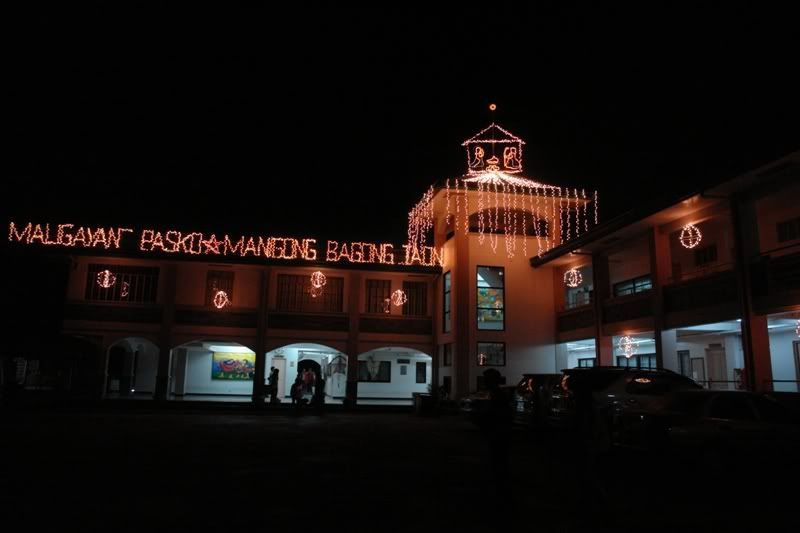Well, the first thing we did in the morning, was the visit to Camp John Hay. It was an eventful visit, simply because of the numbing walk uphill and of course the making of Aaron’s Bollywood musical flick. But, before I go there, it is worth mentioning that we went to a very classy hotel indeed, can’t remember the name though (Ed: it’s called Camp John Hay – The Manor Hotel). Just to enjoy the environment and use the comfort rooms (known as toilets and restrooms in Malaysia) of course. The point I wanted to make, well actually Susan made me realize, was that there is a vast and obvious difference between the rich and the poor in the Philippines. Here we see rich guests mostly from foreign countries with their expensive coats, Gucci handbags and an aristocrat feel about them and after witnessing the poverty going around Baguio City, the world seems to be really quite cruel.
After the hotel visit were more excruciating walks uphill and finally to the spot to film Aron’s newest production. We all tried out best to dance although honestly I think we looked like a bunch of monkeys getting excited. The best part of it was definitely Rommel and Mau running around in D-I-Y slow motion mode. It was simply hilarious. After all the hard work, all of us being actors and all, got tired, and me as usual, got hungry. So off we went to find food and we ended up at what was that name again? Sorry I forgot, told you, old age catching up. Anyway, it has one of the best burgers I’ve tried, I think Aron would agree with me or he would probably still choose the ever so wonderful 7/11 hotdog.
Well, fast-forward till night and we attended an annual Christmas concert at UP Baguio and we rocked the house down.

The dancing lessons this morning seriously paid off as Monash students simply took center stage. Right back at ya UP Baguio peeps! We were then treated to a very nice dinner by our very own Prof. Daniel. Thanks a lot sir, I appreciate it, the rest as well I’m sure. Then came the emotional goodbye at a music bar of all places (Ed: it’s Ayuyang Bar at Governor Pack Road.) The emotional goodbye was spearheaded by Jojo and Pooi Yarn who both eventually began a chain reaction. But anyways, I love you guys to bits, best friends forever. So that’s it, I am in Manila now and you guys are missing out a lot, seriously, wish you guys were here.
P/S Me and Susan got harassed by a street thug on the way to the CC to do this story. One of the many sacrifices I go through to help complete this blog. (Ed: and the editor sincerely thanks both of you for sparing time on your short Manila trip for the life of this blog =)
By Zeck



























